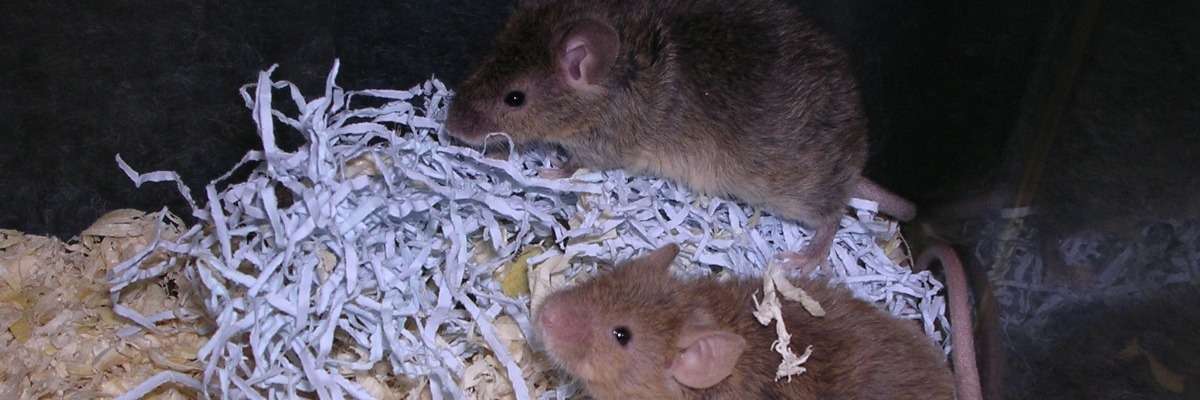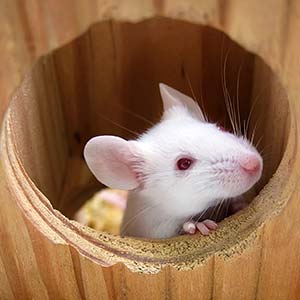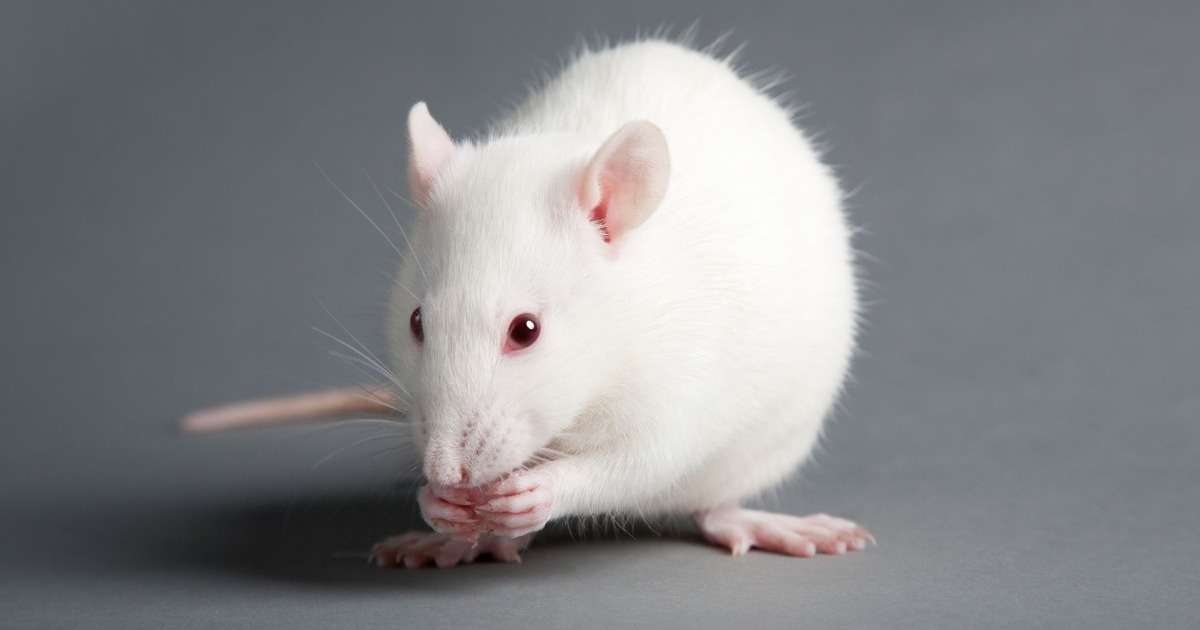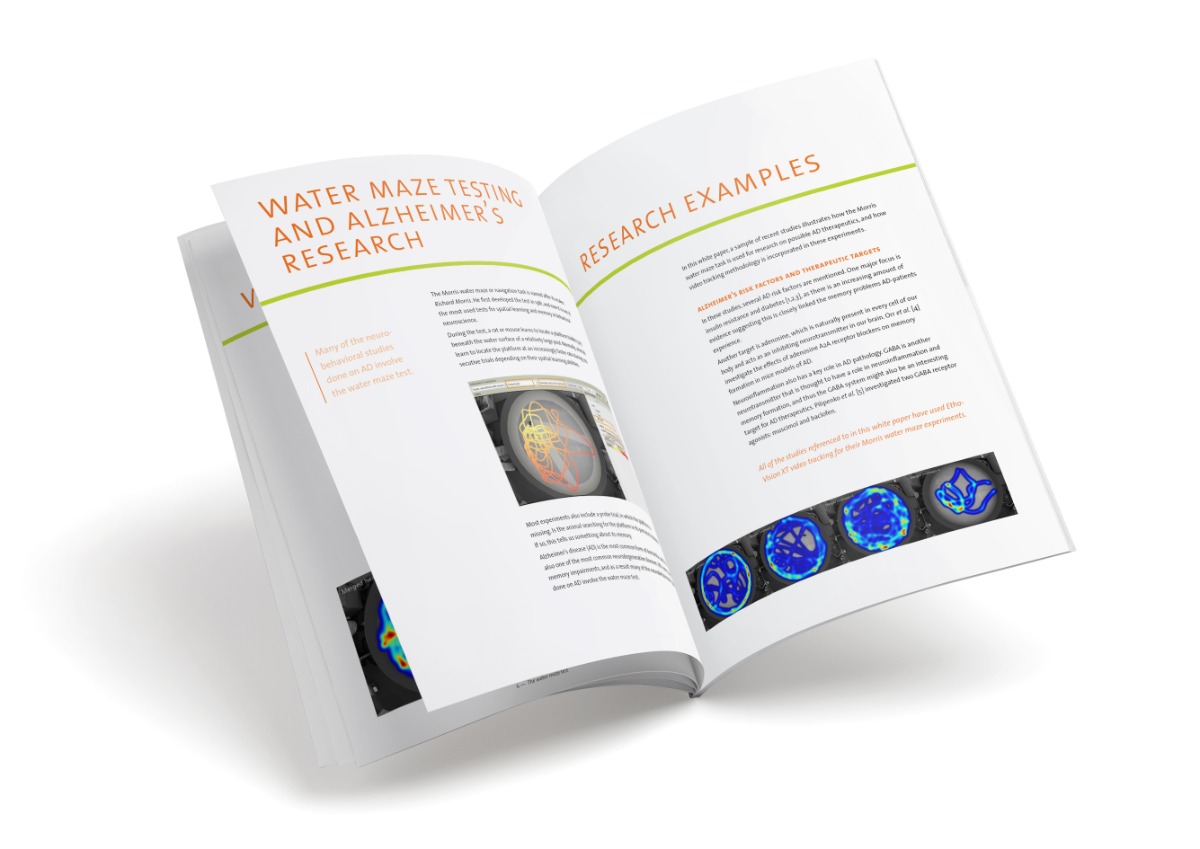
Spatial and odor memory impaired mice – new model for Alzheimer’s
Plaques and tangles… those of you even remotely familiar with Alzheimer’s disease (AD) will immediately recognize these hallmarks. Many rodent models, focusing on plaques and tangles, have been developed to explore the cause and possible treatments of AD, and much progress has been made.
Sporadic Alzheimer’s
Here’s the thing: these hallmarks, with more or less clearly genetic causes, are linked to familial AD. Familial AD is an early-onset form of AD that actually is far less common than sporadic AD.
Sporadic AD (sAD) is typically late-onset, meaning that most people get it when they are over 70 years old. The typical genetics associated with familiar AD are not risk factors for sAD per se; environmental factors play an even bigger role.
While sAD is far more common, the lack of suitable rodent models makes it a much less investigated subject.
A new model
A while back, I wrote about olfactory habituation and how Justus V. Verhagen and his colleagues took a new approach to this test. In a recent study, they looked at olfactory memory in the context of sAD, hoping to find a suitable new model.
Click here for a free download of a white paper on this olfactory memory test, courtesy of Verhagen and Coronas-Samano.
In sAD, episodic memory is one of the first things to decline. Episodic memory is a dominant symptom often used clinically to diagnose the disease. Olfactory deficits may arise even prior to this, a fact that opens up opportunities for future early detection of sAD.
Oxidative stress
Instead of focusing on plaques and tangles, this study looks at the so called mitochondrial cascade hypothesis, which states that as humans age, they can experience problems on a cellular level that result in the increase of ROS – reactive oxygen species and oxidative stress.
Fus1 knockouts
Fus1 is a tumor suppression protein connected to the production of ROS. According to this hypothesis, aging can cause an increase in ROS, in turn leading to a decrease in Fus1. This then causes even more production of ROS, leading to chronic oxidative stress and symptoms of sAD.
This study proposed using mice lacking Fus1 (Fus1 KO mice) as a new model for sAD.
Phenotyping
Fus1 KO mice were tested for their compatibility with sAD symptomology in a battery of behavioral and video tracking tests. The females were tested at a young age, and results were compared to those of wild type mice.

Olfactory memory
Fus1 KO mice have good odor sensitivity – they can smell just fine as the habituation/cross-habituation test showed. However, memories of odor proved to be slightly problematic for these mice, as they showed mild impairments both in short term and long term memory tests.
This was confirmed in a cookie test. While the Fus1 KO mice had no problem finding the cookie in the bedding, they made no progress in locating it over the next few days. In comparison, wild types were able to locate the cookie more quickly every day.
Spatial memory
In addition to odor memory, special memory was impaired in the knockouts as well, as demonstrated using the Morris water maze test.
Depression and anxiety
A sucrose preference test, in which mice are given the choice between normal water and sugar water, indicated that the Fus1 KO mice did not show anhedonia. They were not depressed, nor did they show abnormal anxiety or locomotion in the open field test and light-dark box.
Interestingly, a fear-motivated avoidance (passive avoidance) test showed that the knockout mice might even be less anxious than wild types, but no differences in associative memory were found.
Circadian rhythm
The sleep/awake cycle of the knockouts showed disturbances, and measures deviated from normal both during the light and dark phases. They generally slept more than wild types.
New insights
In addition to these behavioral tests, a number of molecular tests showed that this mouse model can be used to investigate early olfactory and spatial memory deficits in relation to sporadic Alzheimer’s disease, providing a useful alternative to classical models that are more specific to familial Alzheimer’s.
References
- Coronas-Samano, G.; Baker, K.L.; Tan, W.T.J.; Ivanova, A.V.; Verhagen, J.V. (2016). Fus1 KO mouse as a model of oxidative stress-mediated sporadic Alzheimer’s disease: circadian disruption and long-term spatial and olfactory memory impairments.Frontiers in Aging Neuroscience, 8, 268.
- EthoVision XT video tracking for behavioral testing.
Get the latest blog posts delivered to your inbox - every 15th of the month
more

Part 2: How researchers use the Morris water maze to find treatments for AD
In this second part of a two-part mini series, we highlight two more studies on potential Alzheimer’s disease treatments that are investigated using a Morris water maze.
Can caffeine prevent Alzheimer's?
What is the most popular drug in the world? It’s not alcohol, cannabis, or cocaine, but something most of us start with each day. Coffee; or, more specifically: caffeine.

